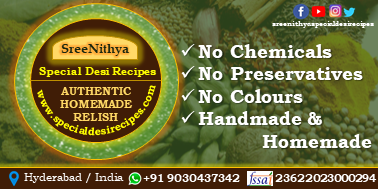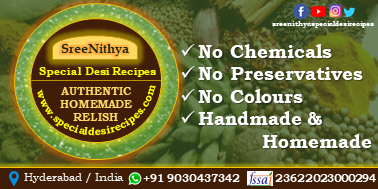The Story of Modak – Why It Is Lord Ganesha’s Favorite Sweet
Ganesh Chaturthi, one of the most widely celebrated Hindu festivals in India, honors Lord Ganesha, the remover of obstacles and the god of wisdom and prosperity. Every ritual, decoration, and offering during this festival holds a deep symbolic meaning. Among all the offerings made to Ganesha, Modak holds a very special place, so much so that he is lovingly called “Modakapriya” – the one who loves Modak. But have you ever wondered why Modak is considered Lord Ganesha’s favorite sweet?
According to Hindu mythology, several stories explain this. One popular tale starts with Lord Ganesha's Maternal grandmother, Queen Menavati. In her love for her grandson, Queen Menavati would tirelessly make laddoos to feed Ganesh's growing appetite. This was impossible to prepare laddoos as quickly as Ganapati could gobble them down, and as he grew older and bigger. She thought of an alternative-MODAKS, requiring less time to make, she could satisfy Lord Ganesha.
Another story from the Skanda Purana says that Ganesha once helped the Devas win against demons. As a token of gratitude, they offered him a Modak filled with the essence of knowledge. After relishing it, Ganesha declared it his favorite food. Symbolically, the outer rice flour shell represents self-control, while the inner filling of jaggery, coconut, and sesame seeds represents sweetness, knowledge, and hidden wisdom. By eating Modak, one is reminded that true wisdom lies within.
Thus, during Ganesh Chaturthi, devotees prepare and offer Modaks to Bappa, believing that it not only pleases him but also brings blessings, prosperity, and peace into their homes.
The Story Of Offering 21 MODAKS to Lord Ganesha
- 5 Jnanendriyas (organs of perception) – eyes, ears, nose, tongue, skin
- 5 Karmendriyas (organs of action) – hands, legs, mouth, genitals, excretory organs
- 5 Pranas (vital energies) – prana, apana, vyana, udana, samana
- 5 Elements (Pancha Bhutas) – earth, water, fire, air, space
- 1 Mind (Mana)
The Significance of Ingredients in Modak
Traditional Modak is more than just a sweet – it is deeply symbolic. Each ingredient used in preparing it carries meaning as well as health benefits:
-
Rice Flour: Used for the outer shell, symbolizing purity and simplicity. Rice is considered sacred in Hindu rituals, representing prosperity and life.
-
Coconut: Represents selflessness, as one has to break its hard shell to reach the soft, sweet flesh. Coconut is also cooling and nourishing for the body.
-
Jaggery: Known as gur in many Indian languages, it signifies sweetness and positive energy. It is also rich in iron and minerals, a healthier alternative to sugar.
-
Sesame Seeds (Nuvvulu/Til): Symbolize immortality and are considered auspicious in Vedic traditions. Sesame seeds are packed with healthy fats and warmth, perfect for festive offerings.
Thus, the combination of coconut, jaggery, and sesame not only tastes divine but also carries spiritual and medicinal significance.













No comments:
Post a Comment